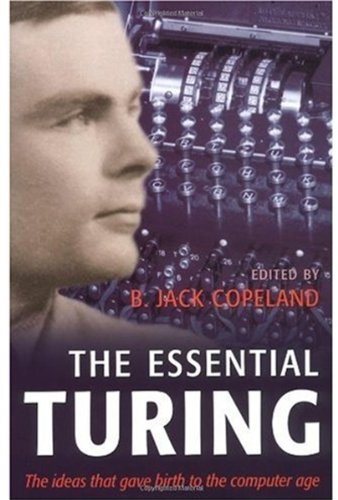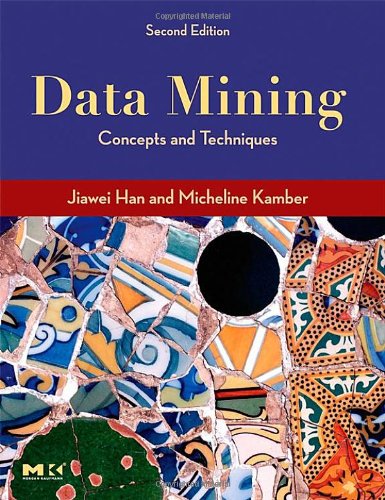Alan M. Turing, B. Jack Copeland9780198250791, 9780198250807, 9781429421522, 0198250797, 0198250800
Alan Turing was one of the most influential thinkers of the 20th century. In 1935, aged 22, he developed the mathematical theory upon which all subsequent stored-program digital computers are modeled. At the outbreak of hostilities with Germany in September 1939, he joined the Goverment Codebreaking team at Bletchley Park, Buckinghamshire and played a crucial role in deciphering Engima, the code used by the German armed forces to protect their radio communications. Turing’s work on the version of Enigma used by the German navy was vital to the battle for supremacy in the North Atlantic. He also contributed to the attack on the cyphers known as ‘Fish,’ which were used by the German High Command for the encryption of signals during the latter part of the war. His contribution helped to shorten the war in Europe by an estimated two years. After the war, his theoretical work led to the development of Britain’s first computers at the National Physical Laboratory and the Royal Society Computing Machine Laboratory at Manchester University. Turing was also a founding father of modern cognitive science, theorizing that the cortex at birth is an ‘unorganized machine’ which through ‘training’ becomes organized ‘into a universal machine or something like it.’ He went on to develop the use of computers to model biological growth, launching the discipline now referred to as Artificial Life. The papers in this book are the key works for understanding Turing’s phenomenal contribution across all these fields. The collection includes Turing’s declassified wartime ‘Treatise on the Enigma’; letters from Turing to Churchill and to codebreakers; lectures, papers, and broadcasts which opened up the concept of AI and its implications; and the paper which formed the genesis of the investigation of Artifical Life. |
Table of contents :
Contents……Page 8
Alan Turing 1912–1954……Page 10
Computable Numbers: A Guide……Page 14
1. On Computable Numbers, with an Application to the Entscheidungsproblem (1936)……Page 67
2. On Computable Numbers: Corrections and Critiques……Page 100
3. Systems of Logic Based on Ordinals (1938), including excerpts from Turing’s correspondence, 1936–1938……Page 134
4. Letters on Logic to Max Newman (c.1940)……Page 214
Enigma……Page 226
5. History of Hut 8 to December 1941 (1945), featuring an excerpt from Turing’s ‘Treatise on the Enigma’……Page 274
6. Bombe and Spider (1940)……Page 322
7. Letter to Winston Churchill (1941)……Page 345
8. Memorandum to OP-20-G on Naval Enigma (c.1941)……Page 350
Artificial Intelligence……Page 362
9. Lecture on the Automatic Computing Engine (1947)……Page 371
10. Intelligent Machinery (1948)……Page 404
11. Computing Machinery and Intelligence (1950)……Page 442
12. Intelligent Machinery, A Heretical Theory (c.1951)……Page 474
13. Can Digital Computers Think? (1951)……Page 485
14. Can Automatic Calculating Machines Be Said to Think? (1952)……Page 496
Artificial Life……Page 516
15. The Chemical Basis of Morphogenesis (1952)……Page 528
16. Chess (1953)……Page 571
17. Solvable and Unsolvable Problems (1954)……Page 585
A……Page 606
B……Page 607
C……Page 608
D……Page 610
E……Page 611
G……Page 612
H……Page 613
L……Page 614
M……Page 615
O……Page 616
P……Page 617
S……Page 618
T……Page 619
U……Page 621
Z……Page 622 |







Reviews
There are no reviews yet.